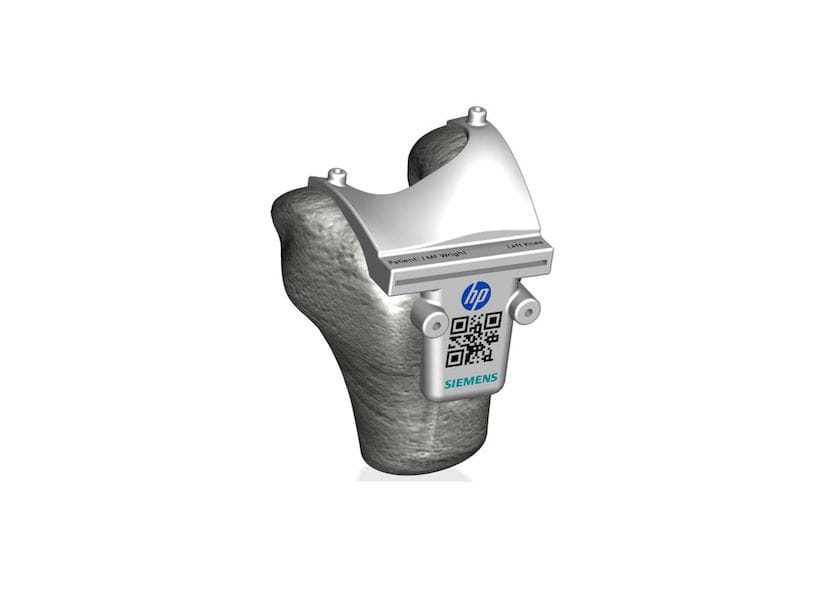HP announced yesterday they’ve struck an important deal with Siemens for color 3D printing.
What is the arrangement? They explain:
With the latest releases, Siemens, a leader in digital innovation software, and HP, the global industry leader in 3D printing, will enable users of Siemens’ NX™ software and Solid Edge® software to design and produce full color 3D-printed parts. HP’s Jet Fusion 3D 300/500 series is the industry’s first 3D printing solution for the production of engineering-grade, functional parts in full color, black or white – with voxel-level control – in a fraction of the time of other solutions.
I believe this to be a critically important announcement for HP. Let me explain.
HP’s strategy for 3D printing deeply involves getting a piece of the manufacturing pie. They estimate this market to be currently worth something close to USD$12T annually (that’s a “T”, not a “B”). Even a tiny slice of that would be a staggering amount of money. It’s a good strategy.
And it matches their equipment design: The HP multi jet fusion process involves significant heating of the build chamber after the printing stage to finalize solidification of the objects. The heat is so extreme that it takes considerable time for the build chamber to cool down.
HP has smartly designed their system around this constraint by enabling removal of the build chamber so that it can be post-processed separately and thus allowing another print job to commence on the same equipment.
They’ve also enlarged the build chamber to allow the production of a large number of parts in each print job. This enables significant parallel production approaches, overcoming the delays caused by the cool down period: You can produce a large number of parts in a reasonable time.
But having a usable production 3D printer does not necessarily mean manufacturers will use it. It has to fit properly into their factories and workflows. And those workflows are pretty much set in each case; companies have developed and implemented complex and highly optimized systems to make their products.
It’s not easy to just show up and say “How about dropping our system in the middle of your workflow?” The machine has to fit, hardware and software-wise.
One way that several 3D printer companies have attempted to overcome this barrier is by partnering with manufacturing companies, most notably Siemens. Siemens provides a large number of software and hardware tools for manufacturers to build their workflows and production lines.
In a way, Siemens could be the doorway through which a 3D printer manufacturer could gain entry into workplaces they would otherwise have great difficulty marketing towards.
The Siemens / HP announcement refers to a part of that workflow, in which 3D models are created and prepared for 3D printing, presumably on HP’s production systems. Specifically the ability to create color 3D models for printing, which just happens to be one of HP’s notable 3D printer capabilities.
This brings all the normal manufacturing power of the Siemens 3D applications – and in particular how they fit into the rest of the manufacturing sequence – to bear on the HP 3D printing proposition. It should result in new sales of equipment for HP.
I believe this will be one of many bricks in the production ecosystem that HP is constructing.
This announcement won’t be the last from HP in the production manufacturing space.
Via HP


